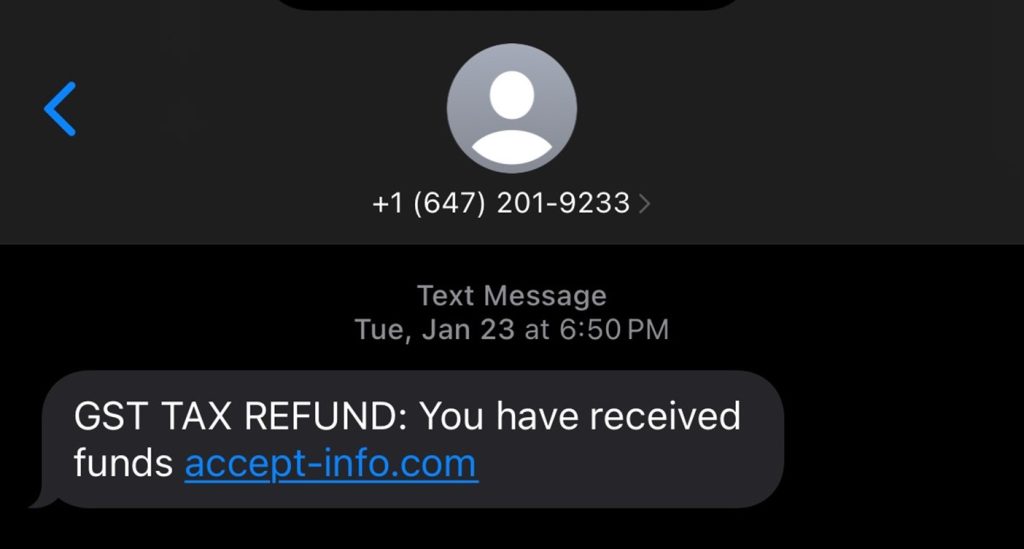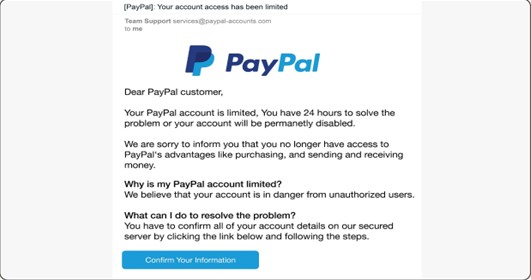Protecting Hawaii’s Kūpuna Since 1997
If you think you've been scammed,
CALL NOW! Oahu:
808-586-7281, Toll Free:
1-800-296-9422
How Scammers Try to Reach You
Scammers are getting more creative, but many of their tricks follow similar patterns. Knowing what to look for can help you avoid becoming a victim. Here are some common ways scammers reach out—and what you can do to protect yourself.
Red Flags
- You get contacted out of the blue
- It sounds too good to be true
- There is a sense of urgency or pressure to act immediately
- Errors in spelling and grammar
- Threatening and/or vulgar language
- Upfront investment or payment required
- Untraceable payment methods
- Asks for your personal information
Phone Call Scams
Common Trends and Examples
- Impersonation of government agencies (Social Security, IRS, Medicare)
- Threats of arrest or fines
- Urgent requests for money or personal information
- Caller says: This is the Social Security Administration. Your number has been suspended due to suspicious activity. Press 1 to speak with an officer.
- Callers insist you stay on the phone even while going to the bank
How to Check
- Government agencies don’t call you out of the blue or threaten arrest
- Hang up and call the official number directly
- Legit organizations give you time and written info before you commit
Good Habits
- Don’t answer unknown numbers
- Don’t trust caller ID—scammers can spoof numbers
- Never give personal information unless you initiated the call
- Use a call-blocking service or caller ID
Text Message (SMS) Scams


Common Trends and Examples
- Messages like “Your package is delayed” or “Verify your bank account” with a link
- Urgent or too-good-to-be-true messages
- Messages spoofed to look real
- Requests to reply “Yes” or “No”
- Fake package issues, unpaid tolls, fraud alerts, and lotteries
Good Habits
- Never click links or reply to suspicious texts
- Forward scam texts to 7726 (SPAM)
- Report it in your messaging app
- Verify with companies directly using official websites or phone numbers
Email Scams

Common Trends and Examples
- Phishing emails asking to update passwords or billing info
- Fake invoices or delivery notices
- Impersonation of friends or companies
- Generic greetings, slight misspellings, and urgency in the first sentence
- Email domains like “@paypal-accounts.com” instead of “@paypal.com”
Good Habits
- Keep your email software updated
- Mark suspicious emails as spam and delete them
- Be skeptical of urgent messages
- Verify requests using trusted contact info
- Keep antivirus software up to date
- Talk to someone before taking action if unsure
Sources
This project was supported by the Administration for Community Living (ACL), U.S. Department of Health and Human Services (HHS) as part of a financial assistance award totaling $320,449 with 100 percent funding by ACL/HHS. The contents are those of the author(s) and do not necessarily represent the official views of, nor an endorsement, by ACL/HHS or the U.S. Government.


